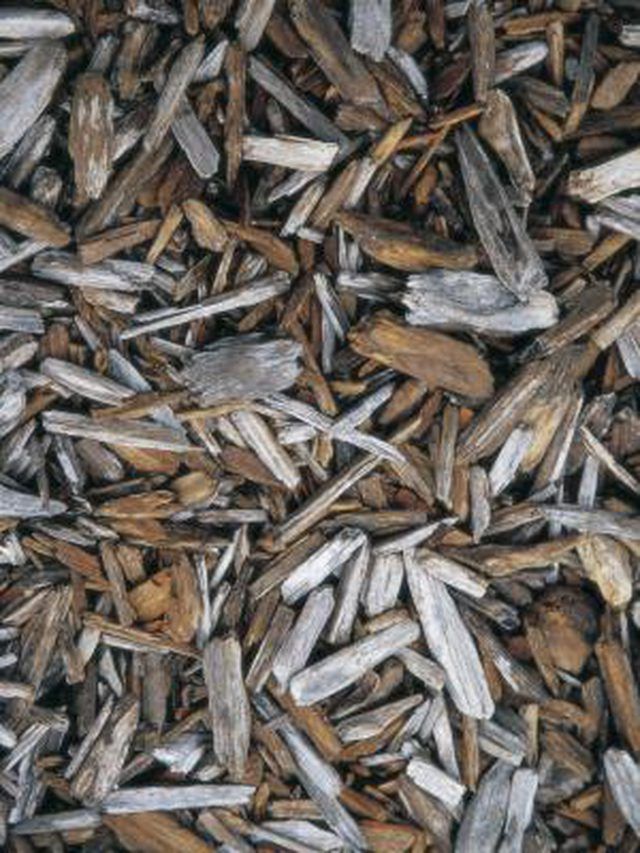Bulbs
Flower Basics
Flower Beds & Specialty Gardens
Flower Garden
Garden Furniture
Garden Gnomes
Garden Seeds
Garden Sheds
Garden Statues
Garden Tools & Supplies
Gardening Basics
Green & Organic
Groundcovers & Vines
Growing Annuals
Growing Basil
Growing Beans
Growing Berries
Growing Blueberries
Growing Cactus
Growing Corn
Growing Cotton
Growing Edibles
Growing Flowers
Growing Garlic
Growing Grapes
Growing Grass
Growing Herbs
Growing Jasmine
Growing Mint
Growing Mushrooms
Orchids
Growing Peanuts
Growing Perennials
Growing Plants
Growing Rosemary
Growing Roses
Growing Strawberries
Growing Sunflowers
Growing Thyme
Growing Tomatoes
Growing Tulips
Growing Vegetables
Herb Basics
Herb Garden
Indoor Growing
Landscaping Basics
Landscaping Patios
Landscaping Plants
Landscaping Shrubs
Landscaping Trees
Landscaping Walks & Pathways
Lawn Basics
Lawn Maintenance
Lawn Mowers
Lawn Ornaments
Lawn Planting
Lawn Tools
Outdoor Growing
Overall Landscape Planning
Pests, Weeds & Problems
Plant Basics
Rock Garden
Rose Garden
Shrubs
Soil
Specialty Gardens
Trees
Vegetable Garden
Yard Maintenance
How to Keep Mulch From Floating Away
How to Keep Mulch From Floating Away. Mulching a garden bed is a time-consuming task that ends with beautiful results. But your hard work can fly away with the wind if you do not use a mulching material that has some weight. Mulch is the general word used for many different types of ground covers -- including pine straw, river rocks and wood...

Mulching a garden bed is a time-consuming task that ends with beautiful results. But your hard work can fly away with the wind if you do not use a mulching material that has some weight. Mulch is the general word used for many different types of ground covers -- including pine straw, river rocks and wood pellets. Select a mulch that fits in with both your climate and your landscape requirements to make sure your hard work has no chance of floating away.
Things You'll Need
Rock, wood pellets or pine straw
Shovel
Bucket
Trash bag
Wheelbarrow
Survey your garden beds and yard. Determine what type of mulch best fits in with the theme and setup of your landscape. For example, if you have a yard that is near a forest or a river, you might take a more earthy approach and use river rocks or wood chips as your mulching material in your herb garden or Japanese-themed rock garden. You also might consider pine straw as your ground cover. Pine straw is at some risk for floating away, but laid on the ground and stamped into place neatly with your hands or feet will help it to better stay put.
Clear your garden beds of mulch that has been laid in previous years. When laying mulch properly, it is best to start with a clean garden bed. You can scoop the old mulching material into a trash bag, wheelbarrow or bucket.
Spread a layer of your rocks, wood pellets or pine straw onto your garden beds, making sure that the layer is only about 1-inch deep. This is very important, as mulching any deeper can prevent plants from getting needed water and nutrients because the ground cover is making this impossible or inadequate.